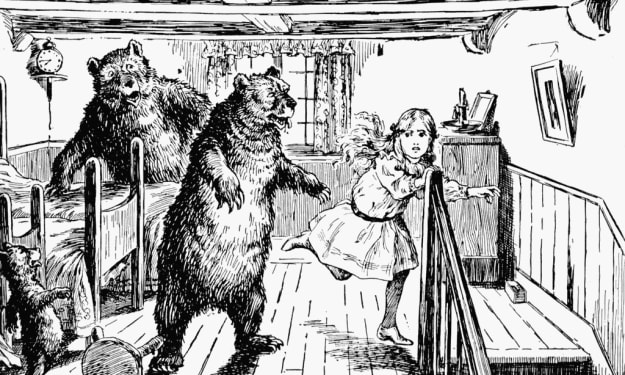Content warning
This story may contain sensitive material or discuss topics that some readers may find distressing. Reader discretion is advised. The views and opinions expressed in this story are those of the author and do not necessarily reflect the official policy or position of Vocal.
Why This Man Was The Most Evil In History
"Matthew Hopkins: The Witchfinder General - Uncovering the Salem Witch Trials and Witch Hunts of Old"

Long ago, imagine you're blamed for something you didn't do. It feels like a big, unfair surprise, right? It's like when your friend accuses you of taking their favorite toy, and you didn't. Now, picture someone accusing you of being a thief, a mean person, or even a witch. That might not worry you nowadays, but 300 years ago, it was a big deal. Back then, before the world of Harry Potter, people took witchcraft very seriously. If someone called you a witch, it could lead to big trouble, even death. Let's learn about the person who tried to get rid of these so-called witches.
First, we'll travel back to 1692 in a place called Salem, Massachusetts. It's in America, way up in the Northeast. Salem was a town filled with people who believed in God a lot, especially the Puritans. They were very religious, but they had lots of arguments and fights, kind of like when your family argues over what TV show to watch. But in 1692, something really strange happened.
One night, the daughter of a man named Reverend Samuel Parris began acting very oddly. She was screaming and shaking, like she was in a scary movie. In today's world, you might think she was sick and needed a doctor. But back then, people didn't understand things like we do now. They thought she was under a witch's spell.
This news spread quickly, like a rumor in school. Everyone started accusing each other of being witches. It was like a mystery game, but with much scarier accusations. Some said they saw witches flying on broomsticks in the night sky, and others believed secret meetings were happening in the woods where witches gossiped and made deals with the devil. People became very suspicious of one another, and even black cats were treated badly.
One of the first girls to act possessed was from a family called the Putnams. And guess what? She accused someone from a different family, the Parrises, of being a witch. This caused a big problem, and the local judges had to get involved. That's when the famous Salem Witch Trials began.
These trials were like big drama shows in court. There were wild stories and people pointing fingers at each other, just like when you blame your friend for eating the last cookie. But there was no scientific way to prove if someone was a witch or not. They tried crazy things like 'witch swimming,' where they threw the person into the water. If they floated, they were called a witch and punished. If they sank, they were innocent but drowned. It wasn't very fair.
They even used a weird cake called a 'witch cake.' It had strange ingredients like ashes and pee. They thought it could help find witches if they gave it to a dog. It was like a magic detector, but not very scientific.
By the time the Salem hysteria calmed down, over 200 people were put on trial, and 19 innocent people were forced to admit they were witches before they were put to death. But did you know that the Salem Witch Trials were just a small part of a much bigger problem? Between the 15th and 19th centuries, around 60,000 people in Europe, mostly women, were accused of being witches. That's like having 8,571 Quidditch teams!
Among all the witch hunts, one person stands out, and his name was Matthew Hopkins. He lived in England and called himself the 'Witchfinder General.' He pretended that the Parliament gave him this title, but they didn't. He didn't really have any special powers. He convinced lots of people that witches were everywhere, and he could find them. People paid him to do this.
Matthew Hopkins and his friend John Stern went from town to town, promising to find witches and make money. They focused on places where people believed in witches a lot, like East Anglia. People were scared and looking for someone to blame during this time of conflict, so they believed Hopkins.
Hopkins did strange things to test if someone was a witch, like looking for 'witches' marks' on their body. If he couldn't find any, he'd get someone else to poke them with a needle until they found a spot that didn't bleed. It wasn't very fair, and many innocent women were hurt and even killed because of him.
Finally, in 1647, a Puritan preacher named John Gaul figured out what Hopkins and Stern were doing and wrote a book about it. That stopped them, and Hopkins died not long after, probably because he was sick.
In 1716, the last person was executed for witchcraft in England. But even today, in some parts of the world, people are still accused of being witches. So remember, it's important to be fair and not accuse people without good reasons.
About the Creator
Varisha Ahmed
With every turn of a page, she's transported away
Lost in the magic that stories convey
From the comfort of her chair, she's never alone
As long as there are books, her spirit will roam






Comments
There are no comments for this story
Be the first to respond and start the conversation.